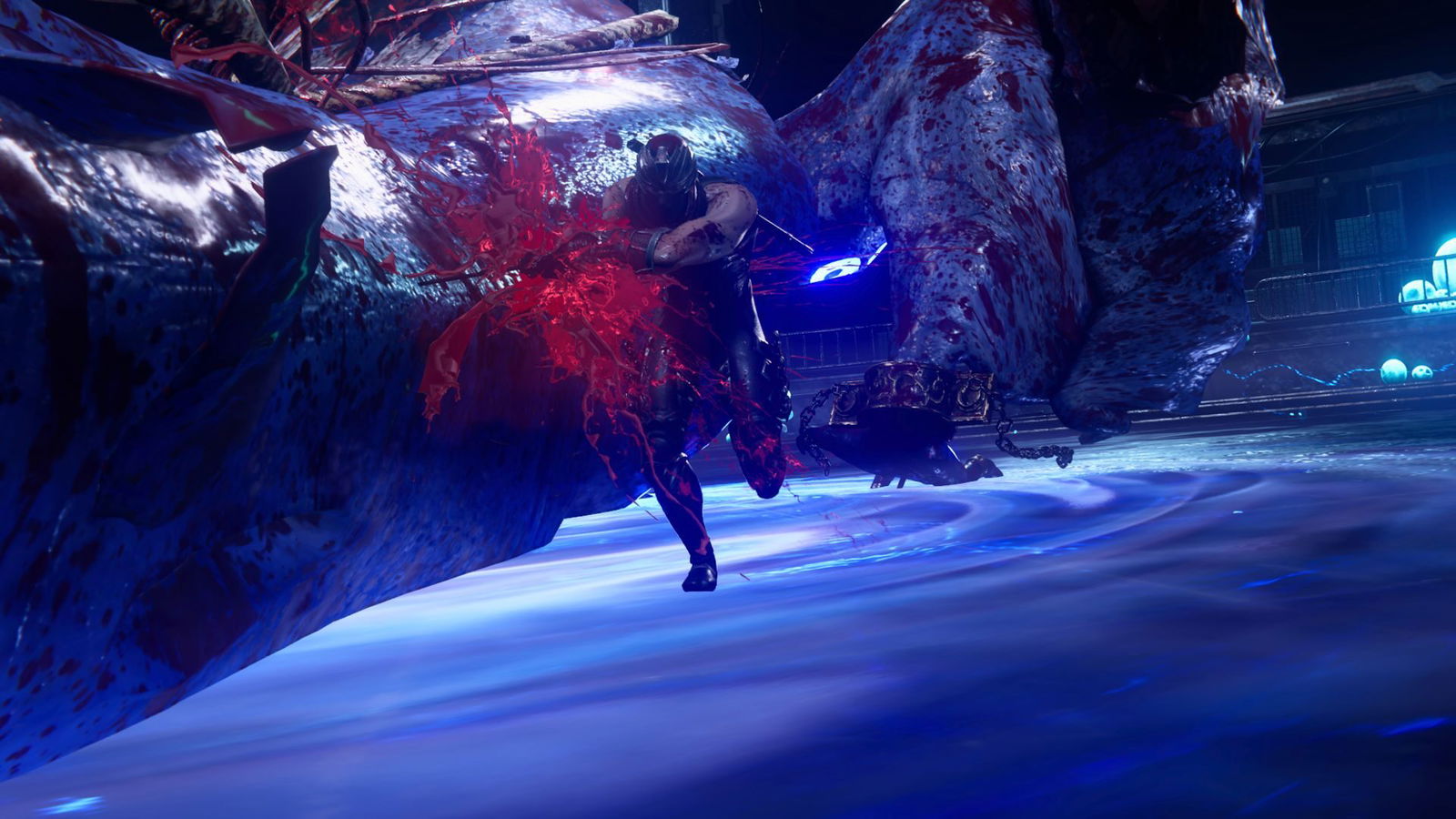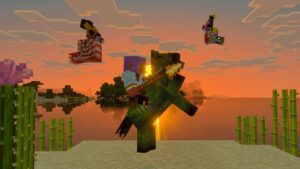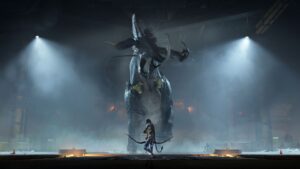Before the release of Ninja Gaiden 4, I was given the opportunity to sit down with the who’s who of Platinum Games and Team NINJA to talk about the fresh look of the franchise, a new protagonist, the duality of working together, and the importance of honouring legacy in the series.
Before the release of Ninja Gaiden 4, I had the opportunity to sit down with key figures from PlatinumGames and Team Ninja to discuss the franchise’s fresh look, a new protagonist, the duality of collaboration, and the importance of honouring the series’ legacy.
Producers and directors on Ninja Gaiden 4, PlatinumGames’ Yuji Nakao and Team Ninja’s Masakazu Hirayama, spoke with CGMagazine about the delicate balancing act required to deliver a brand-new experience at the heart of Ninja Gaiden 4 gameplay.
In the previous Ninja Gaiden installments, we had three mainline titles, a DS game and everything in between. In these entries, we visited many global locations, and in Ninja Gaiden 4, we only visit Tokyo, Japan. Why was that decision made?
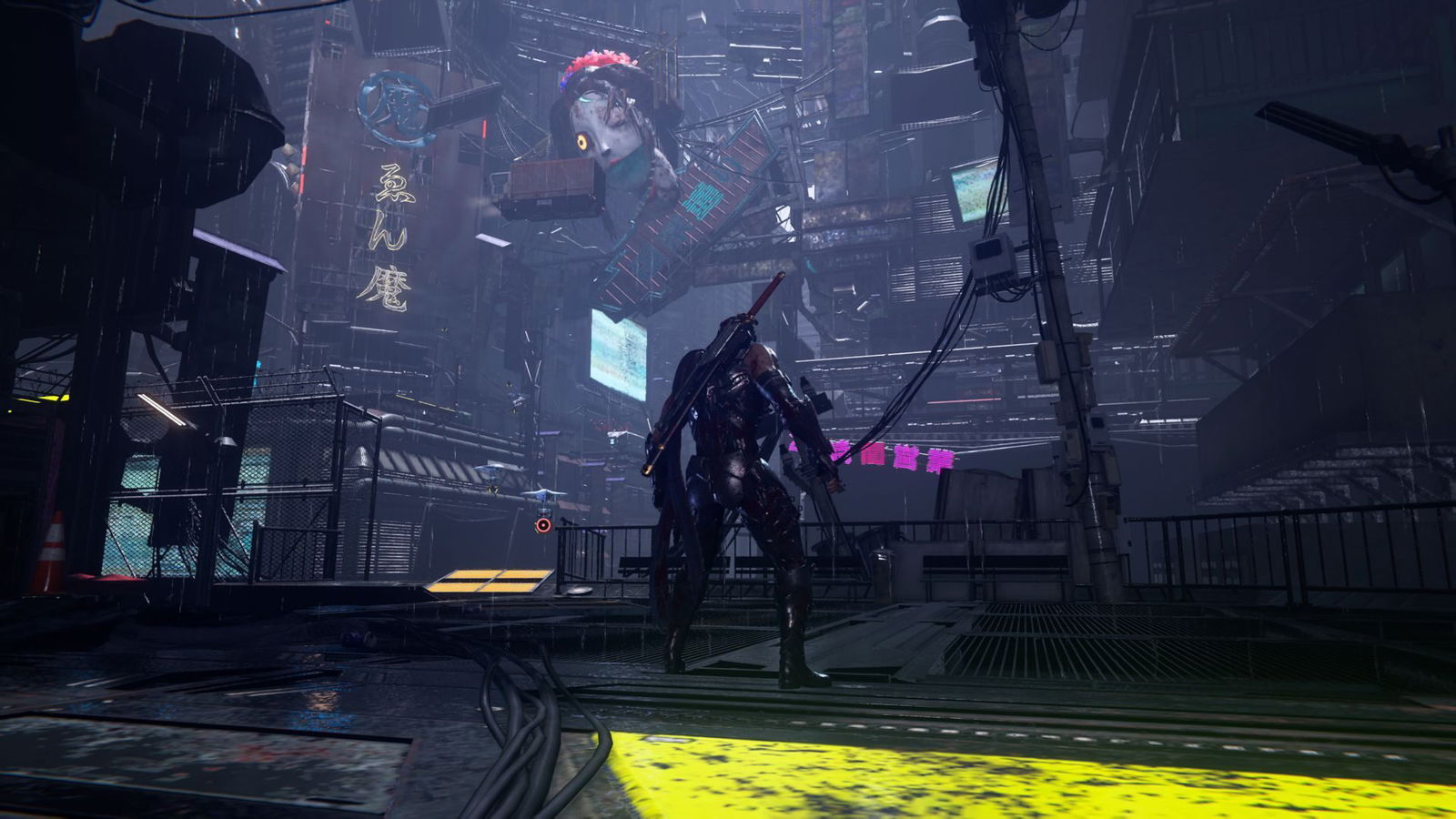
Yuji Nakao: For this game, the one thing we wanted to do since it was the first time in 10 years a Ninja Gaiden game has been released, is we wanted to decide what kind of theme we wanted to go with. Since it is a bit of a new start for the franchise, we decided to focus on what kind of image we wanted to take. That was the first step in development.
From the start, we thought, “What did we want to make as sort of the core aspect of this game?” So, we decided to have the Dark Dragon be the main aspect of this game. In terms of how we focus on this aspect, and what would be the best area or location to represent the Dark Dragon, we thought back to Ninja Gaiden 2 and came upon the idea from Ninja Gaiden 2, where we had a Tokyo stage in that title.
We took that idea as an inspiration for the setting [Ninja Gaiden 4] in Tokyo. From there, we went on to creating a new scenario for this story. When we’re thinking about Tokyo, we just wanted to make sure that we had a lot of different situations and scenarios take place in the same location.
The scenario of the story kind of guided how we would place the location into the game itself. We also recognized that if we were setting it in Tokyo, we didn’t want to keep the same city aspects as previous installments. We didn’t want it to look visually the same as before, as fans may find it monotonous. So, we made sure that we included backgrounds such as forests.
We strove to include very traditional styles of Japanese scenery in the game. We wanted to make sure that even though it is set in Tokyo, we have various locations within Tokyo, so there’s a visual difference that players can see in-game. So, for the players, it doesn’t feel like they’re stuck in just one location the entire time. It does give the idea that you are travelling to various locations and seeing various sceneries, although it is set strictly in Tokyo. These changes would also help to make sure that there is a lot more enjoyment to the gameplay itself as well.
Speaking to the theme of a new experience, the aesthetic of Ninja Gaiden 4 stands apart from the previous games in the series. It embraces a cyberpunk, futuristic style rather than the scroll-inspired, feudal look of earlier entries. Why did the development team choose this new aesthetic over the traditional feel of the first three mainline games?
Yuji Nakao: The reason why we took that aesthetic style is for two reasons.
The reason behind the cyberpunk taste is the situation that takes place at the very start of the story; it really links to the theme of the game itself. Especially when considering we have a new protagonist, Yakumo. To really introduce him and to show how he fits into it [Ninja Gaiden 4], we decided that it [the setting] was closer to the image Yakumo portrays, and a more linked image to the way that Yakumo the character himself is, and the stage style being cyberpunk as well, meshed easily.
The second major point is linked to the story itself. As I mentioned with the previous question, the Dark Dragon has a large influence, and its shadow encompasses a large role in the narrative of the game itself. From the start of the game, you can see there’s miasmic rain that falls over Tokyo, and we thought that in order to fit this world, the current modernized look of the game would really fit in with that idea.
Although we are taking this new approach, at the same time, we do want players to also experience that traditional sort of Ninja Gaiden aesthetic you alluded to as well. Even though it is set within the same Tokyo, the situation at the beginning of Chapter 0 assumes that cyberpunk theme.
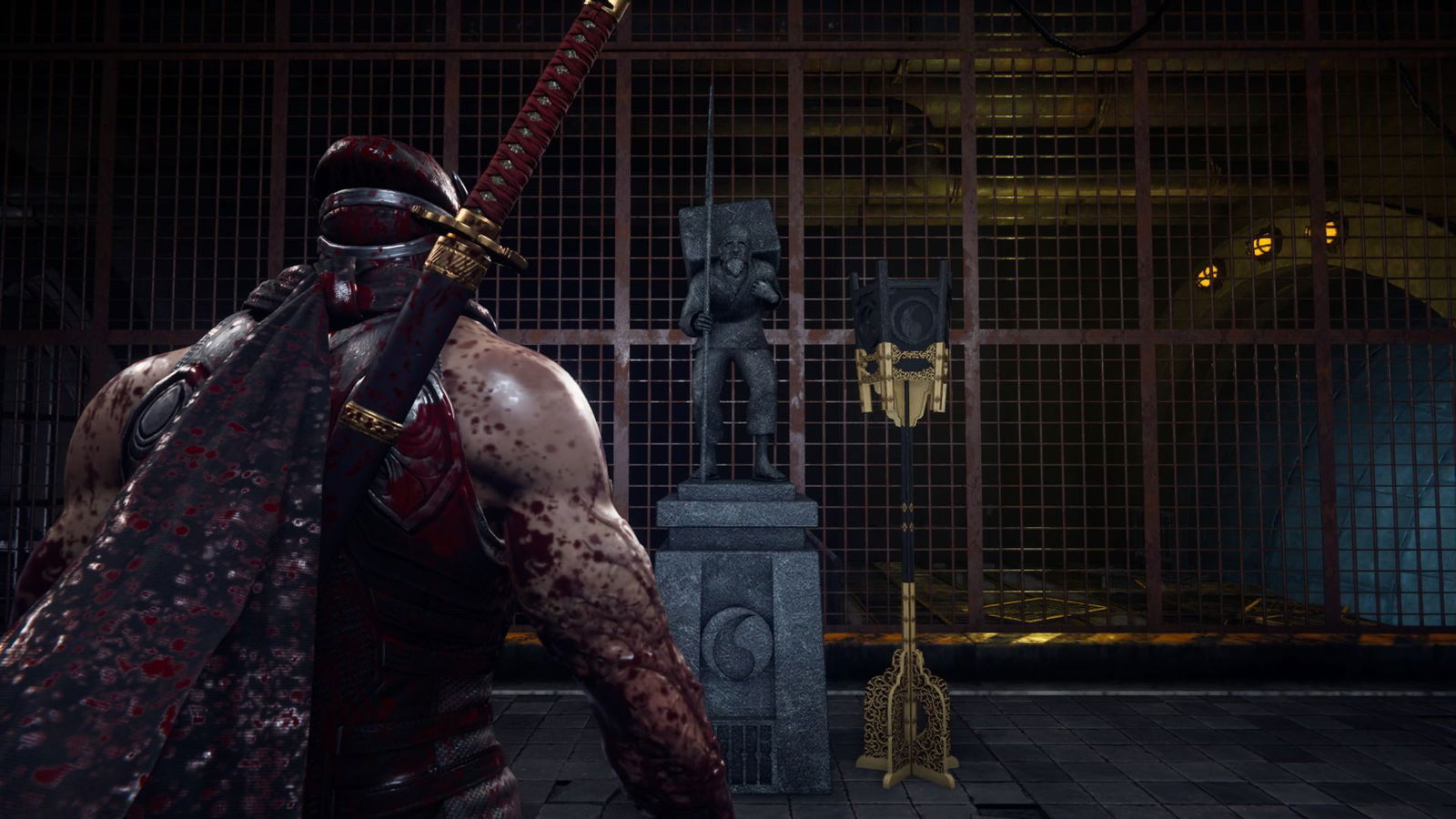
But, as you go along within the game, you can kind of see that there are very Ninja Gaiden-like, and very traditional Japanese tastes added to the aesthetic, as well as a lot of nature, trees, and things like that, which players can also see. So, the taste is a little bit different than the sort of cyberpunk flavour at the start, but we also incorporate more of that traditional Japanese taste later on.
I think it’s important to have players experience both sides, the new aesthetic as well as the previous aesthetics. So, while you have that sense of newness, at the same time, you also have a little bit of that nostalgic feel we wanted to convey in Ninja Gaiden 4. We made sure that the design wasn’t just leaning completely to one side. We had that balance between both styles as well.
Expanding a little further on the ‘new beginnings’ topic, in a previous interview, you guys mentioned that Yakumo was designed as a new protagonist so that newcomers to the series could jump in and grow alongside him, like previous gamers have grown with Ryu Hayabusa. How early in development did you guys know that there was going to be a new face of Ninja Gaiden? How hard was that to pitch?
Yuji Nakao: The decision to introduce a new protagonist in the form of Yakumo was an idea that Platinum Games proposed to Team NINJA at the very beginning of development. Like you said, one of the reasons we wanted to introduce a new protagonist was to not only provide a fresh entry point for new players, but also create a character that players, returning players and new players alike could grow together with as they play.
With Yakumo’s design, one of the guiding principles was to create a character that contrasts with Ryu, who is essentially the apex of what it means to be a ‘super ninja.’ So, Yakumo, being this up-and-coming ninja who’s climbing the ranks, ends up helping amplify the absolute nature of Ryu Hayabusa, and this contrast really tries to create that atmosphere where Yakumo is trying to reach the level that Ryu Hayabusa has achieved.
That contrast in design becomes clear when looking at how clean Ryu appears. Yakumo’s hair has an almost demonic quality, and his face features large Hannya-style fangs, while Ryu maintains his clean, iconic mask. Was that contrast intentional?
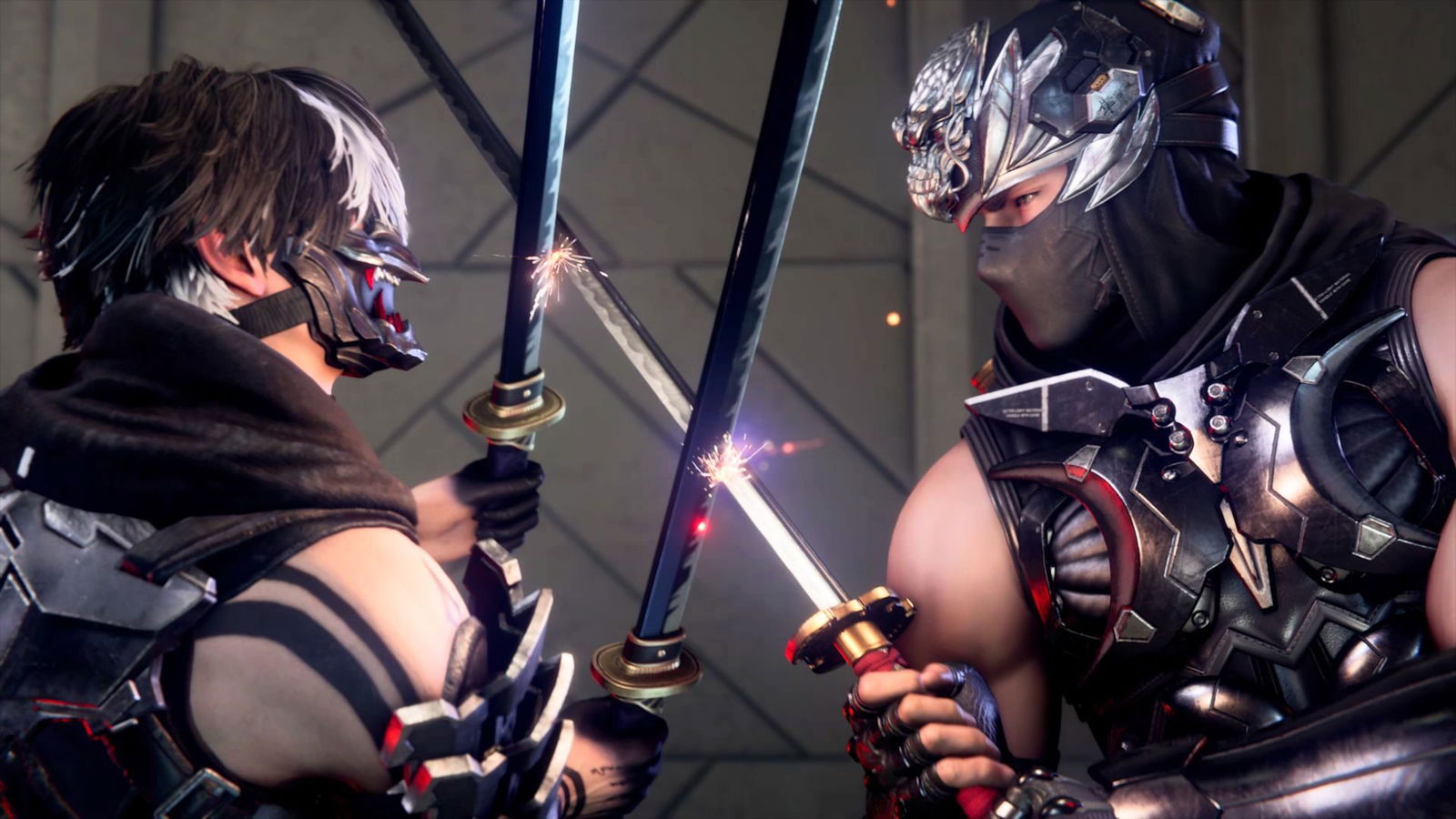
Yuji Nakao: First, I just want to say that I’m very happy that those differences between the characters and those subtle touches were apparent and that you picked up on them. Like you said, Ryu Hayabusa’s design is more akin to what you would typically think of in terms of a traditional ninja appearance, and part of that was we’re also staying true to his appearance and his nature in previous games.
Yakumo is a member of the Raven Ninja clan, a very different clan from the Hayabusa clan. You can see that in his design. While it’s not necessarily futuristic, one of the inspirations for his design is the Raven itself. We were picturing Ravens that live within metropolitan areas like Tokyo, which is why you see a kind of metropolitan look also come through in Yakumo’s overall design as well.
It’s hard to play Ninja Gaiden 4 without thinking about other titles that have swapped protagonists in a similar manner, like Devil May Cry 4 and Metal Gear Solid 2. Both of those titles faced pretty intense backlash from fans when the protagonists were revealed. How did you guys navigate that tension?
Masakazu Hirayama: Like you said, there was anxiety and pressure in terms of this direction for Ninja Gaiden 4, and to be quite frank, we still feel that pressure! We look forward to seeing how players react!
But, with this title, because it is a collaborative effort with Platinum Games, and with Ryu Hayabusa being a very important character for Team NINJA and for a lot of people, there’s already a distinct idea of what Ryu Hayabusa should be.
We wanted to give Platinum Games an opportunity to inject their own design sensibilities into Ninja Gaiden 4, and the new protagonist in the form of Yakumo served as a very effective vehicle for allowing them to do that. It was a challenge for us to bring this new character into Ninja Gaiden. We also felt that it was a necessary aspect to evolve the series in this new mainline entry.
When people play the game for themselves, you’ll see that distinct ‘Platinum Games sensibility’ in the Bloodraven form of Yakumo. He’s able to transform his weapons and unleash these very expressive, dynamic abilities. But this is also – aside from his Bloodraven form – present in his base form as well, you can still feel that very distinct quintessential Ninja Gaiden game cycle. Although Yakumo does feel distinct from Ryu and he plays in his own way, he still retains that quintessential responsiveness and gameplay feel that Ninja Gaiden is known for.
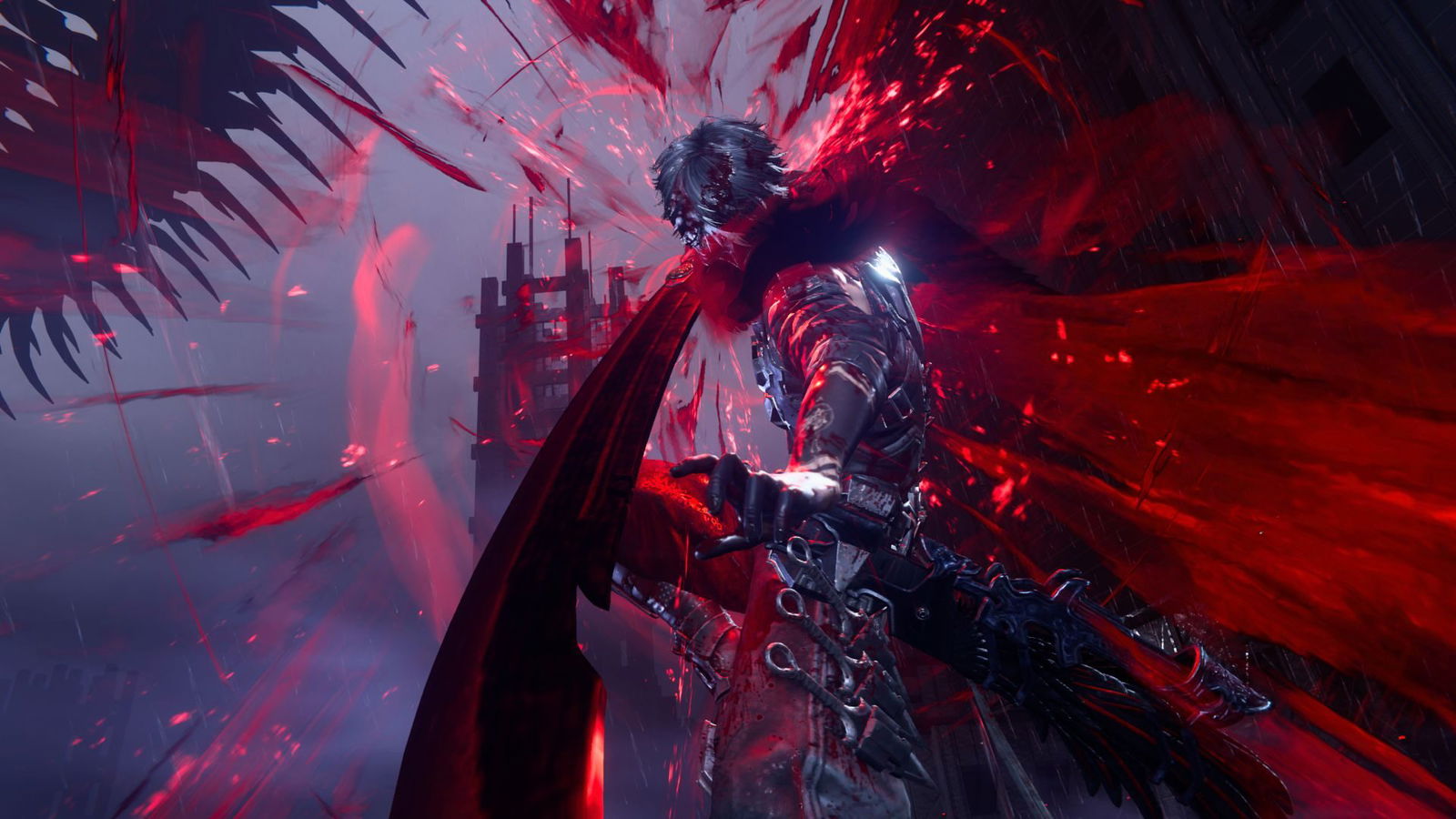
As Producer on Bayonetta 3, which was another legacy series for Platinum Games, what did you bring over from Bayonetta 3 that helped you during development for Ninja Gaiden 4, if anything?
Yuji Nakao: This isn’t just pertaining to Bayonetta 3 specifically, but with Ninja Gaiden 4, it provided an opportunity to dig into what makes Platinum Games tick (laughs).You know, our [Platinum Games] essence and what makes the games distinct, while also really digging into Team NINJA’s design sensibilities, specifically what makes Ninja Gaiden tick.
Personally, I really went all in on studying the past Ninja Gaiden games and really made sure to understand the deepest nuances of those games. That contrast also helped inform my reassessment of Platinum Games and what makes our design sensibilities distinct.
If I were to simplify the difference between Ninja Gaiden and Team NINJA’s games, and Platinum Games, Ninja Gaiden specifically has a very precise, elegant approach to its design and its control sensibilities, whereas Platinum Games titles are very bold and expressive.
With Ninja Gaiden 4 and us making that as Platinum Games, we had to really assess: “How bold can we go without making it too over-the-top and losing that Ninja Gaiden essence?” At Platinum Games specifically, we have the concept of ‘pressure and release,’ and it is a very important concept with our action game design.
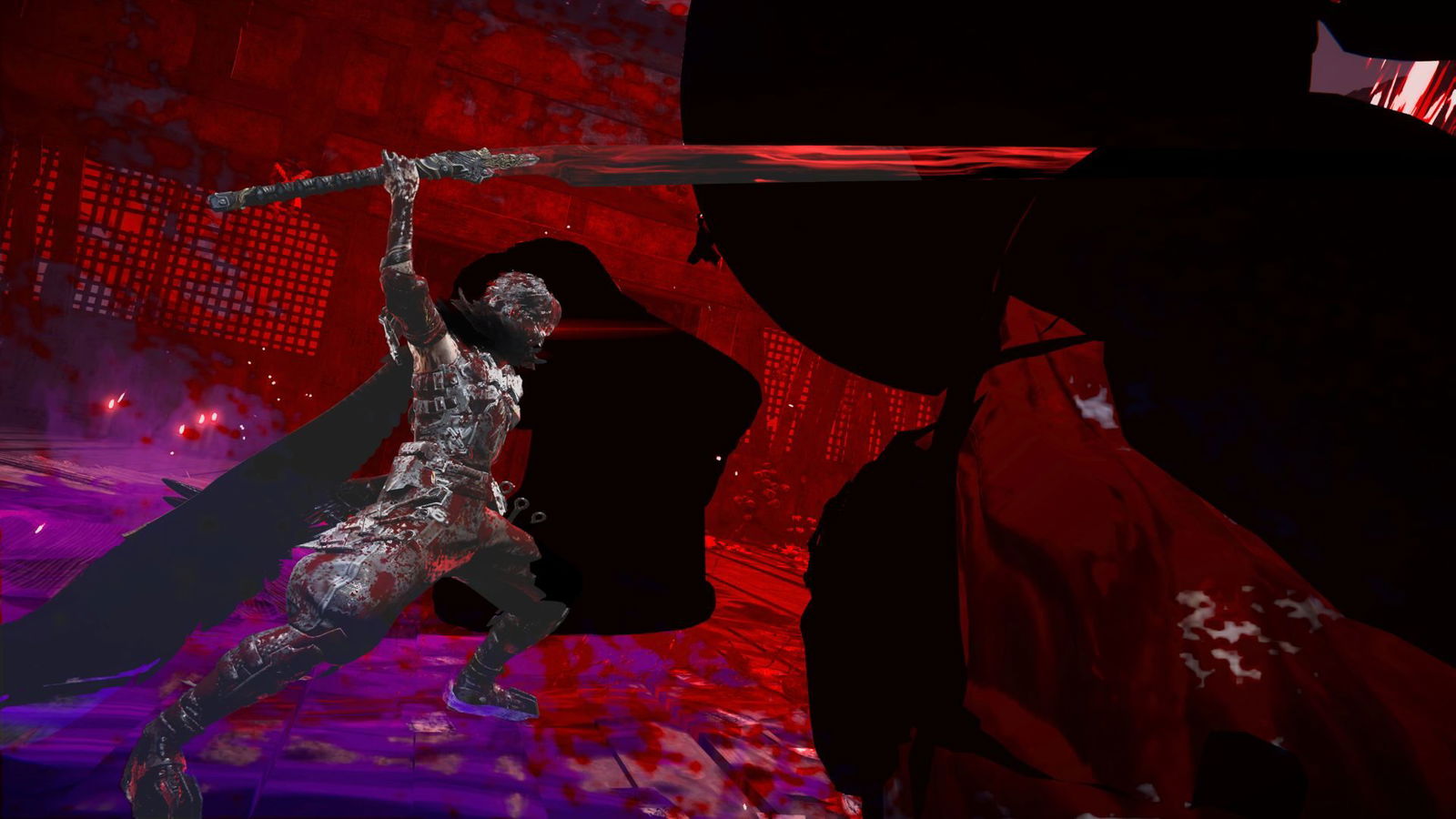
There’s this ebb and flow that provides a certain catharsis, and with Ninja Gaiden, we really wanted to find a way to inject our own sensibilities as Platinum Games, but at the same time also use that to bring out Ninja Gaiden’s strengths as a series and those distinct sensibilities.
It seems Ninja Gaiden 4 is a very collaborative effort between Team NINJA and Platinum Games, and you guys are the faces of that collaboration, like Ryu and Yakumo. If you guys had to choose, who is Yakumo and who is Ryu?
Yuji Nakao: Well (laughs), it’s hard to draw a clear line, but I think a lot of people already kind of have this image us, of where Platinum Games and Nakao-san is Yakumo, and Hirayama-san from Team NINJA is Ryu.
In terms of how Yakumo plays and Ryu plays, Ryu does have more of that kind of raw, primitive Ninja Gaiden feel to his gameplay, whereas Yakumo was this vehicle to retain that quintessential Ninja Gaiden feel, but also inject a lot of these new ideas.
So, I think it’s appropriate to make a distinction in that way. But, with that said, both parties were involved in the design of both characters.
You mentioned there was a lot of studying through the Ninja Gaiden series, and there’s a lot of lore to sift through. How difficult was it to implement The Raven Clan when it wasn’t mentioned in any of the other games but Ninja Gaiden 4? How difficult was it to implement everything that comes with a new clan, on top of something that’s already so well established?
Yuji Nakao: When we were coming up with the scenario for Ninja Gaiden 4, we really went back to the lore of the prior titles. With Ninja Gaiden specifically, there’s a very complex relationship between the Fiends, for example, and the underworld, and then there’s a group of Greater Fiends from Ninja Gaiden 2 who are related to the Archfiend.
That relationship is quite complicated, and a lot of those details are actually alluded to in scrolls that you’ll find within those previous games. We really analyzed all those details that are in those scrolls to find a way to introduce the Raven Clan in a way that wouldn’t contradict what’s already been alluded to in the past.
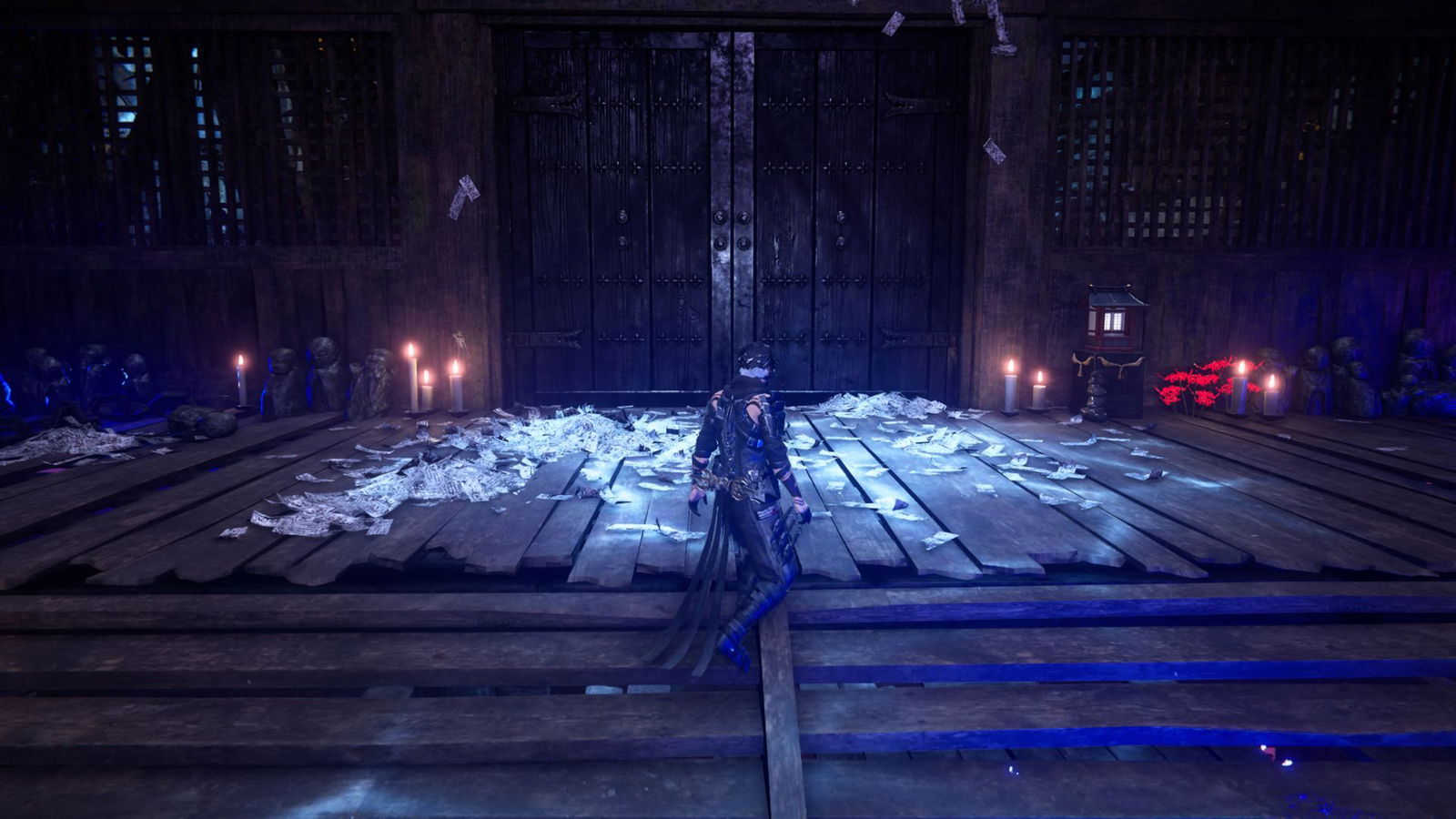
We’re also looking at things that were kind of ‘alluded to’ in past games, but not necessarily deeply touched on. One example is the Dark Dragon. We used the Dark Dragon as a kind of a focal point for Ninja Gaiden 4, to really center the story on and flesh out some of those aspects that were alluded to in prior games.
Masakazu Hirayama: The Raven clan wasn’t in the pages for the prior Ninja Gaiden games, but I’ll let you know that it was all part of the plan! (laughs)
They were there the whole time! But, like Nakao-san was saying while introducing this new Raven Clan into Ninja Gaiden 4, we didn’t want to make something that would feel out of place in the series’ lore. This is something that we worked very closely on to make sure that it would appeal to Ninja Gaiden fans.
With regards to Ryu Hayabusa and how he is portrayed in the game, and just his character in the game, that’s something that we were also very deliberate on. We worked very closely on – and not just me and Nakao-san, but also Yasuda-san, [the Head of Team NINJA] was also very closely involved in terms of making sure the story and these new story elements fit into Ninja Gaiden as a series, but also that Ryu Hayabusa was portrayed appropriately.
Yuji Nakao: Yeah. And I would also just like to add that while we were very conscious of making sure that these new story elements fit in place in the Ninja Gaiden series and past lore, this is a new mainline entry and a new entry point for a lot of new players. We didn’t want to bog the story down in those details either because it would make it difficult for new players to experience Ninja Gaiden 4 on its own.
So, when we were making the game and the story, we made sure that it was a self-contained story that players can jump into and enjoy without necessarily having familiarity with the stories of prior games. With that said, we have also included these nods to past Ninja Gaiden lore that returning players will be able to pick up on and have that ‘Aha!’ moment.
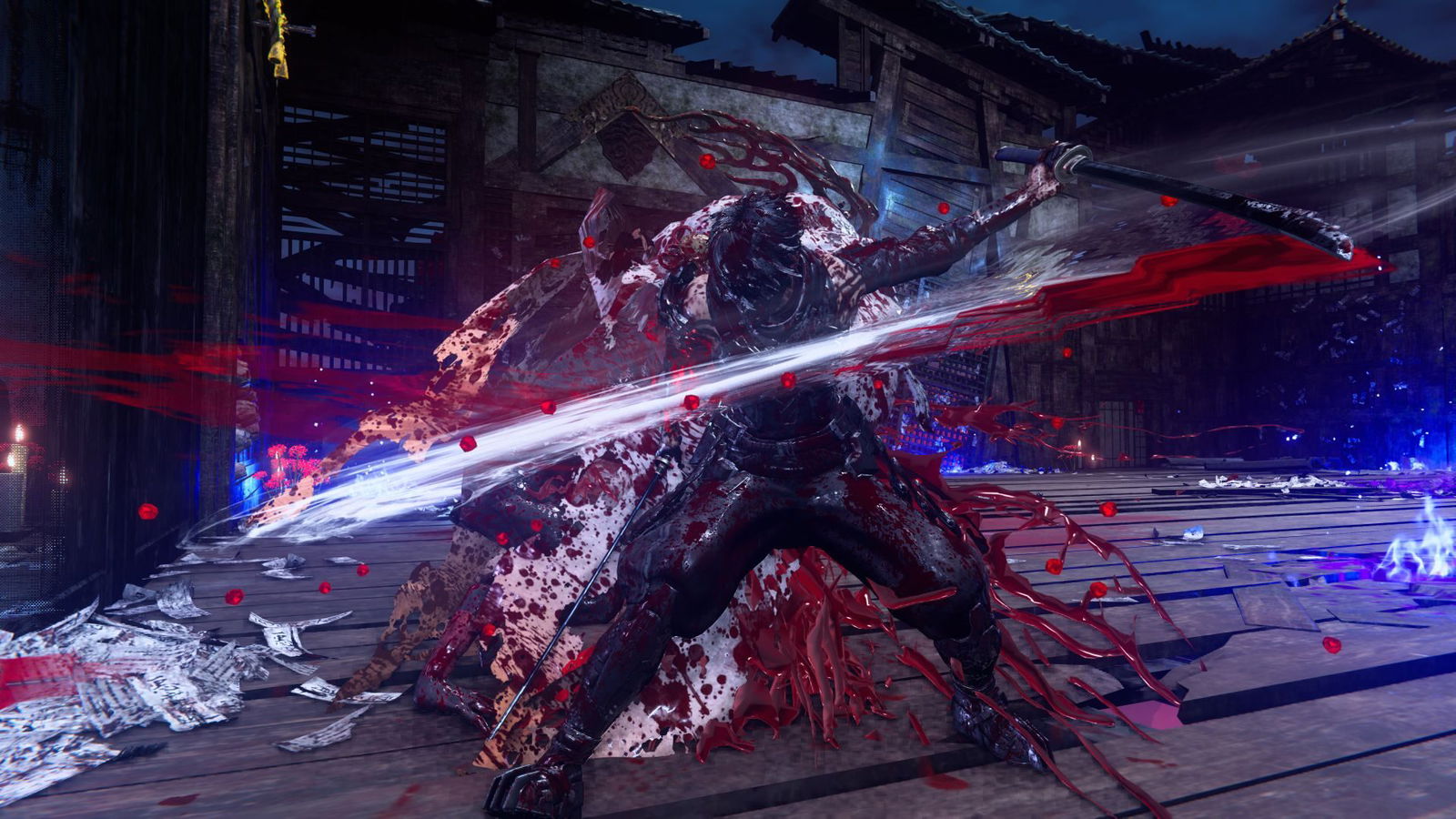
What is the future of Ninja Gaiden? Is Yakumo going to be the main character moving forward? Is Ryu going to have his own title? Are we going to see more ninja clans? Can you guys give us a little bit more on the future of the series?
Masakazu Hirayama: (laughs) Well, the game is out this week (laughs), and we aren’t working on Ninja Gaiden 5 in the background or anything, but there is a DLC expansion that is coming out early next year. We’ve revealed the key visual for the two ninjas, and that DLC will include not only new weapons but also new story content as well and some new challenge content for fans to get through!
First, look forward to the new story elements that will be introduced in that additional DLC that will be released next year!
I can’t wait to see what you guys come up with next for the Ninja Gaiden series! Thank you so much for your time!
